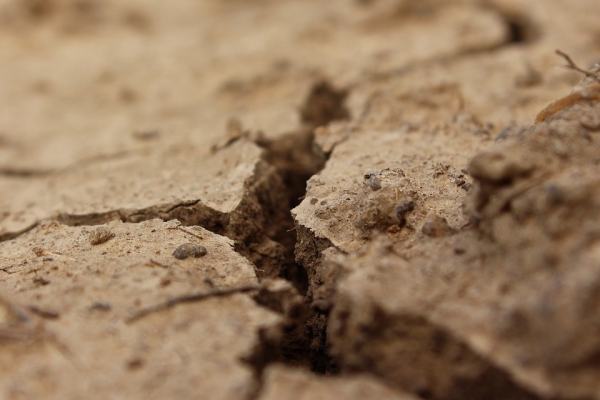Compound drought and heatwaves cause massive damage to human lives and society, and their occurrence has been increasing in northern East Asia since the late 1990s. To understand the dynamics of these events, researchers looked at the coupling between soil moisture and temperature in the region. They found that the lack of soil moisture from spring to summer causes enhanced interactions between land and atmosphere which brings with compound drought and heatwaves.
With global warming on the rise, the severity and frequency of extreme weather events are also rising dramatically; this includes an increase in the number of compound extreme events. The latter term describes scenarios in which bad weather and climate events combine together, making the event more devastating than a separate weather and climate event. Compound drought and heatwaves (DHWs), for example, can cause massive damage to society through agricultural losses, wildfires, and deaths. Thus, there has been a lot of research into the mechanisms of these DHWs based on the interaction between land and the atmosphere. However, most previous studies have primarily focused on Europe, with little research looking at DHW mechanisms in northern East Asia, a region that has been experiencing an increased occurrence of DHWs since the late 1990s.
Fortunately, a team of researchers led by Professor Kyung-Ja Ha from Pusan National University in South Korea, has stepped in to bridge this gap. In their paper published on 15 December 2022, in Volume 5 of npj Climate and Atmospheric Science, the team looked at the occurrence of DHWs in northern East Asia by exploring the soil moisture–temperature coupling. According to Prof Ha, “Regional differences in temperature and precipitation can have a large impact on compound extreme events. By looking at the connection between soil moisture and air temperature, we were able to find the land-atmosphere interaction that serves as the mechanism for the occurrence of DHWs in this specific region.”
The team studied the aforementioned data, along with the occurrence of DHWs for regions in northern East Asia, like parts of northern China and eastern Mongolia, from 1980 to the present day. They found that, since the late 1990s, the continuous lack of moisture in the soil from spring to summer led to reduced evaporation and transpiration of water from the soil, which increased evaporative stress and amplified heatwaves, triggering a compound DHW that led to a further reduction in soil moisture. This increased moisture–temperature coupling enhances land–atmosphere interactions, leading to compound DHWs in the region.
Read more at Pusan National University
Photo Credit: klimkin via Pixabay


